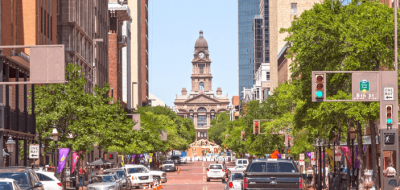If you’ve ever been to Brooklyn’s Prospect Heights neighborhood, you’ve probably noticed quite a few diagonal buildings. That’s right for those that have never been – we said diagonal. Quite a few buildings in the area are built on a 45-degree angle. Wondering why?
The question comes up a lot – whether you’re moving into Prospect Heights or simply strolling through. The reason lies in history – the diagonal property lines are a throwback to days gone by. Back in the early 1800s, there was a very different street grid.
So, when people started moving in back then, builders had to do the 45-degree trick, because that’s just what you do when you build a rectangular structure on a diagonal lot.
This old street grid was based on the Flatbush Turnpike, or Old Flatbush Road. The turnpike was actually an old Lenape Indian path widened by Dutch settlers that moved into the area and used wagons as their main mode of transport. The path is just east of current day’s Flatbush Avenue.
But, it goes a little further than just the old Indian path. The diagonal plots of land were also based on the old farmland holdings. Back then, Prospect Heights was actually known as Brooklyn’s 9th Ward and was mostly undeveloped farmland. Some of the streets on the original grid were opened while others remained closed and empty.
Though much of the old grid is gone, some of it still moves through the borough. Near Underhill and Washington avenues, you can catch a glimpse of Brooklyn’s simpler, more diagonal times.
Lance Grooms





